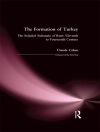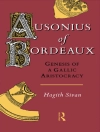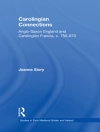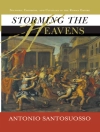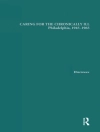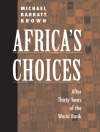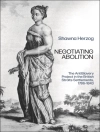This multilayered historical ethnography of Bodh Gaya — the place of Buddha’s enlightenment in the north Indian state of Bihar — explores the spatial politics surrounding the transformation of the Mahabodhi Temple Complex into a UNESCO World Heritage site in 2002. The rapid change from a small town based on an agricultural economy to an international destination that attracts hundreds of thousands of Buddhist pilgrims and visitors each year has given rise to a series of conflicts that foreground the politics of space and meaning among Bodh Gaya’s diverse constituencies.
David Geary examines the modern revival of Buddhism in India, the colonial and postcolonial dynamics surrounding archaeological heritage and sacred space, and the role of tourism and urban development in India.
Jadual kandungan
Acknowledgments
Note on Translation and Transliteration
Map of Bodh Gaya
Introduction
1. The Light of Asia
2. Rebuilding the Navel of the Earth
3. The Afterlife of Zamindari
4. Tourism in the Global Bazaar
5. A Master Plan for World Heritage
Conclusion
Notes
Glossary
References
Index
Mengenai Pengarang
Padma Kaimal is Batza Professor of Art and Art History at Colgate University. She is the author of Scattered Goddesses: Travels with the Yoginis (Association for Asian Studies, 2013) and Opening Kailasanatha: The Temple in Kanchipuram Revealed in Time and Space (Washington, 2021).


